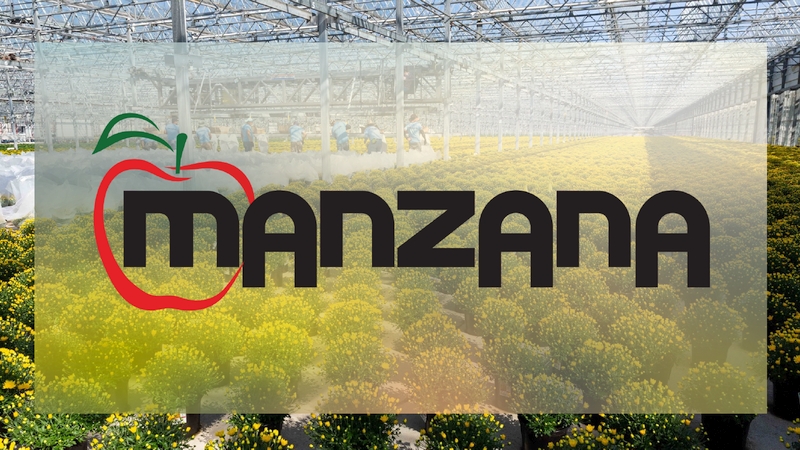Tips For Producing Mandevillas

Modern breeding has made mandevilla and dipladenia hybrids easier to produce. Ideally suited for summer patios, these vines are consumer favorites in shades of red, pink and white. Hardy to Zones 9-11, plants are tender perennials and need frost protection during winter months. One series that has captured a lot of attention in the market is the Sun Parasol collection from Suntory. Technical experts from Suntory share production advice:
General Culture
Mandevillas are generally long-day plants. Buds are initiated at 11 hours daylength for the Pretty type and 12 hours for the Classic group type in the Sun Parasol collection. The Giant group will flower from around 12-13 hours daylength, but does vary, as with all varieties in each group depending on the color.
The initial potting should take place in a 4- to 5-inch pot. Growing media should have a pH around 5.0-5.5.
Ideal growing temperature is a minimum of 65-75°F for the first two to three weeks after potting. Keep the plants on the dry side to encourage roots to grow out of the plug quickly. Temperature can then be lowered to 65-70°F. Temperatures lower than this can be used, but plants will take longer to achieve the required production timing.
Depending on the time of year, three to four weeks after potting, the leading shoot will begin to grow away quickly. The plant will then require a pinch to encourage a bushy habit. Two types of pinches can be carried out:
Method 1–This type of pinch is a soft pinch where you will leave at least four pairs of leaves and get fewer breaks and take these up for training. Pinching is done higher.
Method 2–This method is for short, compact plants. Regular pinching is required once the desired height has been achieved. This will encourage a bushy and dense plant for quick marketing purposes.
Crop Timing
From experience, it has been found a cutting rooted in the month of March will provide flowering plants in June (12-16 weeks) for a 6-inch pot. An early May potting in a 4-inch pot will be marketable from the second week of June and will have three to five flowers.
Growing On
Once the pinching has been carried out and you have good root growth in the pot, plants should be potted into a larger pot and must be grown up a support system, such as a trellis, in a 6- to 12-inch pot. As the plant grows vigorously, the shoots should be trained around the trellis. Shoots can grow six to 10 inches per week from April onwards at 65-70°F. Regular training is essential to avoid the plants growing into each other and getting tangled up.
Watering
Watering is critical and a dry regime is more suited than a wet one. Too wet and the crop will become prone to root diseases. Too dry and there will be a problem with nutrient uptake and deficiency will occur. It is best to water lightly and often.
Feeding
Moderate fertility is required with 200 ppm of constant liquid feed using a complete fertilizer.
Growth Regulators
The best way to control growth is with water retention, especially where the white-colored variety is concerned.
Pests
Whitefly (Trialeurodes vaporariorum)
Western Flower Thrips (Frankliniella
occidentalis)
Aphids
Red Spider Mite (Tetranychus urticea)
Mealybug
Diseases
Phytophthora
Rhizoctonia
Cylindrocarpen
Fusarium










